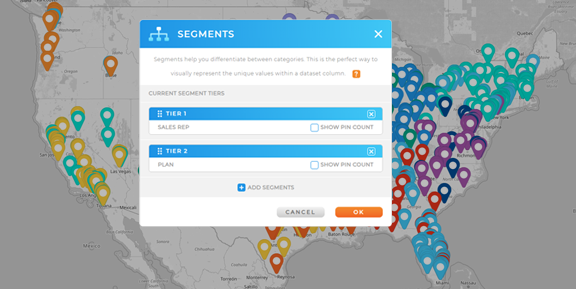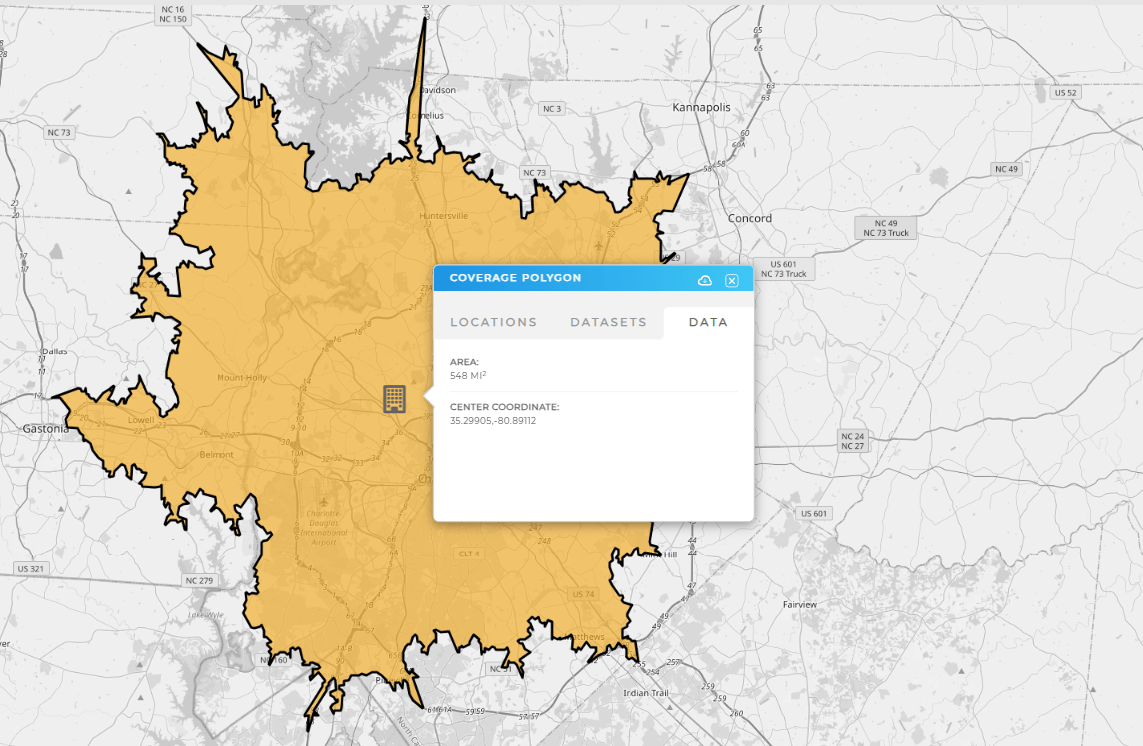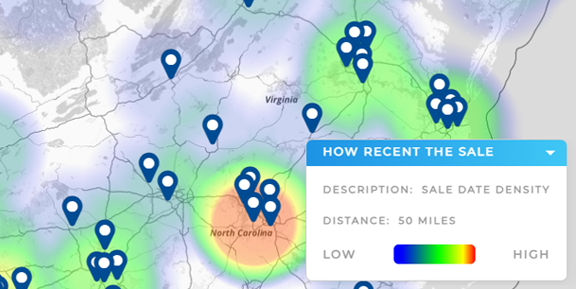In an era where data drives every decision, the smartest enterprises are looking for an edge that goes beyond numbers in spreadsheets. That edge is location intelligence. By combining data with geography, businesses uncover hidden patterns, anticipate challenges, and seize opportunities with precision. This isn’t just about maps — it’s about transforming raw information into actionable strategies. With location intelligence software, companies can connect the dots between people, places, and performance, making smarter moves in sales, operations, and expansion.
What Is Location Intelligence?
Location intelligence refers to the practice of deriving meaningful insights by combining business data with geographic context. While the spatial intelligence meaning in psychology relates to an individual’s ability to visualize and manipulate space, in business, it applies to data-driven decision-making through mapping. With visual spatial intelligence tools, companies can transform complex datasets into interactive maps that highlight relationships between markets, customers, and resources. This form of location business intelligence turns abstract numbers into real-world strategy.


Pro Tip: Geo BI transforms data into interactive maps that drive real results. From customer location analysis to site selection analysis, you’ll turn data into strategy in minutes.
Why Location Intelligence Is a Game-Changer
Enterprises that rely solely on traditional analytics often miss the “where” behind their data. Adding geographic context unlocks insights that would otherwise remain hidden. Location analytics helps identify high-performing markets, gaps in coverage, and emerging opportunities. For example, customer location analysis shows where demand is strongest, while site selection analysis reveals the best new markets for expansion. The combination of data and geography ensures decisions are not only informed but also precise, driving smarter growth strategies that competitors can’t match.
Practical Examples of Spatial Intelligence in Business
In business, examples of spatial intelligence often translate into operational efficiencies and new revenue streams. By leveraging visual spatial intelligence, organizations can go beyond raw metrics and uncover patterns tied directly to geography. Retailers use it to identify underserved markets and plan store expansions with confidence. Logistics companies apply it to reduce last-mile delivery costs and improve on-time performance. Field service organizations rely on it to balance technician workloads and shorten response times.
These practical applications show why location intelligence is quickly becoming a core driver of growth and competitiveness across industries.
Customer Location Analysis
Understanding customer distribution is critical for sales and marketing teams. Customer location analysis allows businesses to segment audiences geographically, allocate resources more effectively, and tailor campaigns by region. By visualizing where customers live and buy, teams can build strategies that resonate more deeply.

Site Selection Analysis
Expanding into new markets is one of the riskiest business decisions. Site selection analysis reduces that risk by evaluating demographics, traffic patterns, and competitor locations. Enterprises can pinpoint optimal locations for stores, offices, or distribution centers, ensuring expansion is both profitable and sustainable.

Operations Optimization
Location intelligence software also helps streamline operations. From delivery route optimization to field service scheduling, location analytics highlights the most efficient ways to use resources. This not only lowers costs but also improves service levels, creating a stronger customer experience.

Strategic Benchmarking
Companies can use location business intelligence to compare their performance against competitors geographically. By visualizing market penetration and coverage gaps, enterprises can identify where they lag and develop strategies to close the gap. This competitive edge ensures smarter decisions across every level of the business.

Why Smart Enterprises Choose Location Intelligence Software
Not all solutions are created equal. Traditional BI tools like Tableau or Power BI may include maps, but they don’t specialize in the geographic depth enterprises need. Dedicated location intelligence software like Mapline provides accessible, powerful tools without requiring GIS expertise. Compared to legacy systems, Mapline emphasizes speed, ease of use, and actionable insights. For executives, this means faster implementation, clearer strategies, and measurable results. By making location analytics simple and scalable, Mapline empowers teams to act on insights immediately.
Location intelligence is the process of combining business data with geography to uncover insights and support smarter decisions.
Spatial intelligence involves applying visual spatial intelligence to data visualization, enabling companies to see relationships tied to geography.
Businesses use it to identify patterns that aren’t obvious in spreadsheets — such as where customers cluster, which regions are underperforming, or how delivery routes overlap. By integrating spatial data into decision-making, leaders can uncover hidden revenue opportunities, reduce operational inefficiencies, and strengthen customer targeting.
Whether through customer location analysis, site selection planning, or supply chain optimization, spatial intelligence provides the geographic context needed to turn raw data into actionable strategy.
Common uses include customer location analysis, site selection analysis, and operations optimization.
It provides geographic context that reveals hidden opportunities, improves resource allocation, and supports smarter strategies.
Yes. While BI tools show metrics, location business intelligence focuses specifically on geography, making insights more actionable. Mapline combines both into one user-friendly platform.
It helps companies choose profitable expansion sites based on data such as demographics, traffic, and competitor presence.
No. Mapline delivers advanced location analytics through a user-friendly interface, making it accessible to any business user.
It supports resource optimization, efficient routing, and stronger service levels, reducing costs while improving performance.









